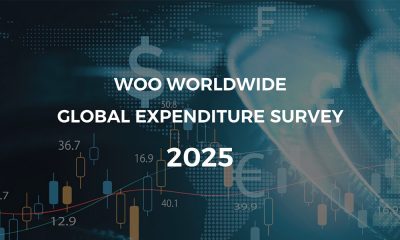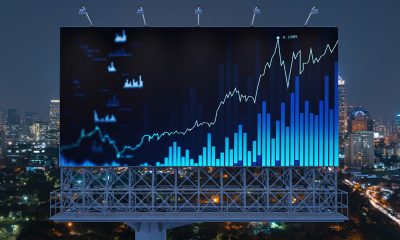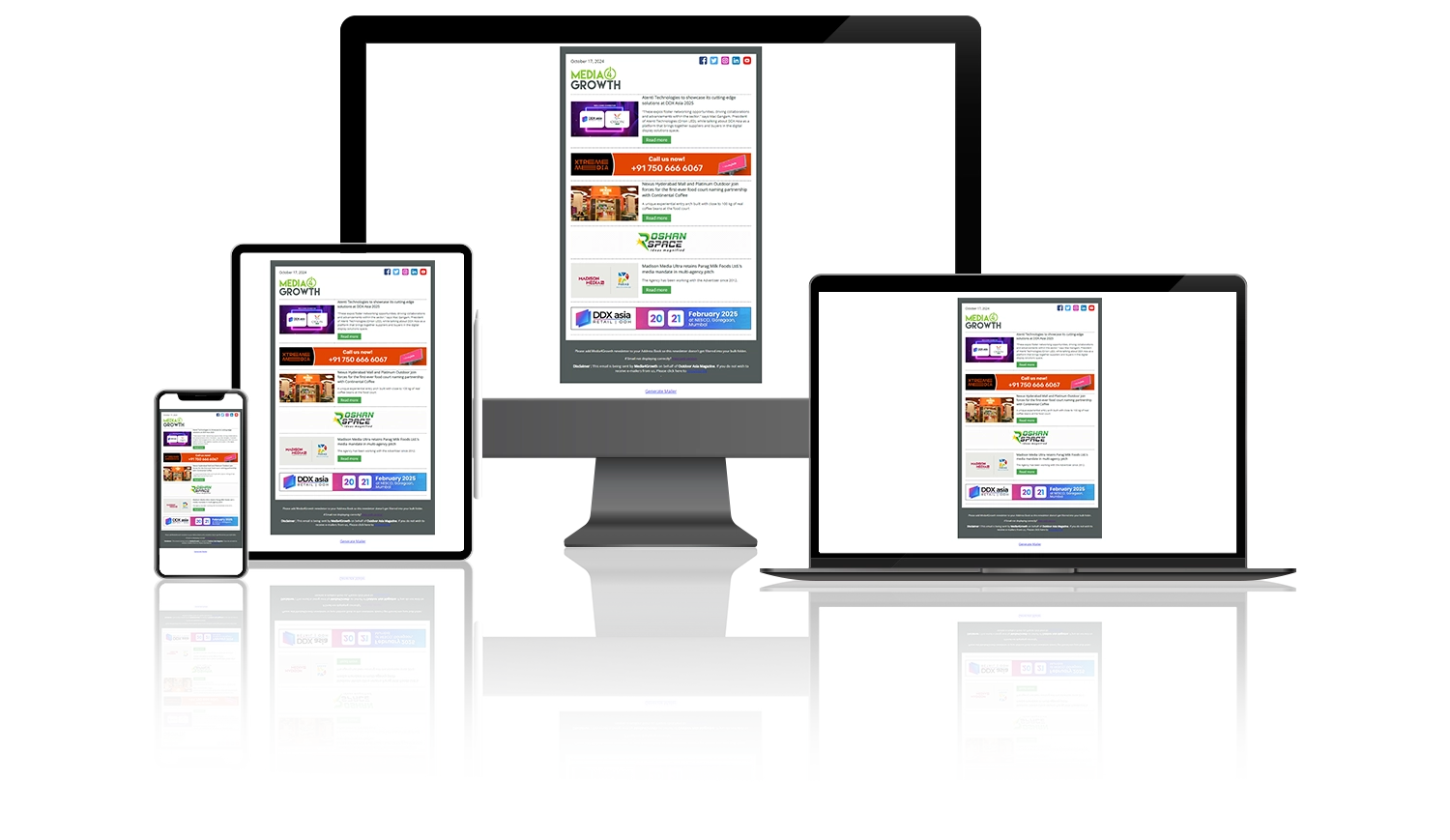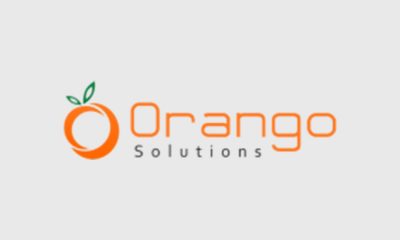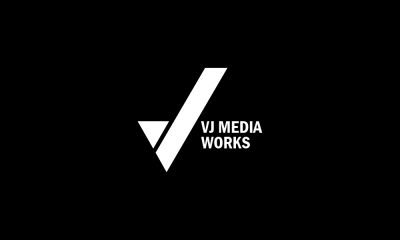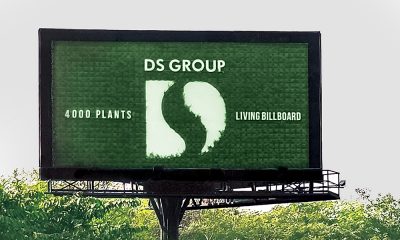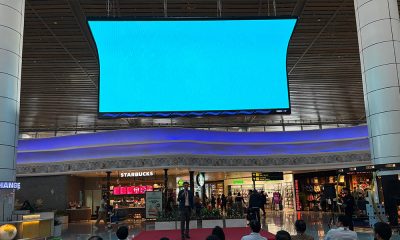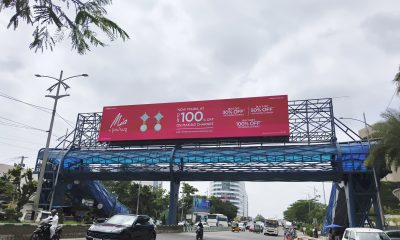OOH Adtech
The future of programmatic 2025: Research by WARC
The report is based on insights from both WARC and external research, providing an overview of the marketplace and deep dives into specific trends.

New research from WARC, titled “The Future of Programmatic 2025,” explores major trends in the programmatic advertising industry. The report is based on insights from both WARC and external research, providing an overview of the marketplace and deep dives into specific trends.
Navigating a cookie-free world
With the continued decline of third-party cookies, marketers are shifting their focus to alternative targeting methods. Research from Comscore indicates that nearly half of marketers plan to rely primarily on cookie-free targeting by the end of 2025. The most popular strategies to combat signal loss are the collection of first-party data and a renewed enthusiasm for contextual targeting. First-party data strategies are being implemented by over three-quarters of respondents in a WARC survey, with more than half considering it the most promising solution. Contextual targeting delivers ads based on the content a user is viewing, respecting privacy by not relying on personal data.
The evolving role of AI
Artificial intelligence is becoming a cornerstone of programmatic advertising. AI-driven campaign optimization is moving beyond simple targeting to controlling entire campaigns, making real-time adjustments based on live data and predictive insights. AI is also essential for privacy compliance, helping to anonymize and aggregate data. In brand safety, AI-powered tools are evolving to analyze content with greater precision than traditional keyword blocking, allowing for more proactive and effective strategies. Generative AI is also being used to create thousands of personalized ad variations at scale, adapting elements like copy, images, and layouts in real time.
Key growth areas and spending trends
While overall ad spending growth may be slowing, programmatic advertising remains a bright spot, with global spend projected to approach $779 billion by 2028. However, spending on the open internet has stagnated, with most of the growth being absorbed by major walled garden platforms. Key growth channels for 2025, according to the IAB, include Retail Media, Connected TV (CTV), and Digital Out-of-Home (DOOH). Programmatic video ad spending is projected to surpass $110 billion and account for nearly 75% of new programmatic ad dollars from 2024 through 2026. Programmatic DOOH is also gaining significant traction, with about half of all DOOH campaigns now being purchased programmatically. This allows for greater flexibility and precision, with the ability to adjust creatively based on real-time data like weather or footfall.
Transparency, efficiency, and sustainability
Advertisers are increasingly seeking transparency and control over their programmatic buys. The industry is grappling with transparency issues, with an ANA study finding that only 36 cents of every dollar spent on programmatic open web advertising reaches the consumer. In response, there’s a growing shift towards curation and private marketplaces (PMPs), which offer more control and quality inventory. The programmatic industry is also facing pressure to address its environmental impact, with the programmatic advertising supply chain producing significant carbon emissions. Reducing these emissions is not yet a priority for most companies, but it’s an emerging concern.
-

 Ad Policies & Regulations
Ad Policies & RegulationsHaryana tightens outdoor advertising framework with bye-law amendments
-

 Creative Concepts
Creative ConceptsHocco’s OOH activation at Sunburn Festival
-

 DDX Asia
DDX AsiaDigital Tranzform to showcase integrated retail journey at DDX Asia 2026
-

 Campaigns
CampaignsFastrack Smart Watches strengthens Southern presence with DOOH campaign
